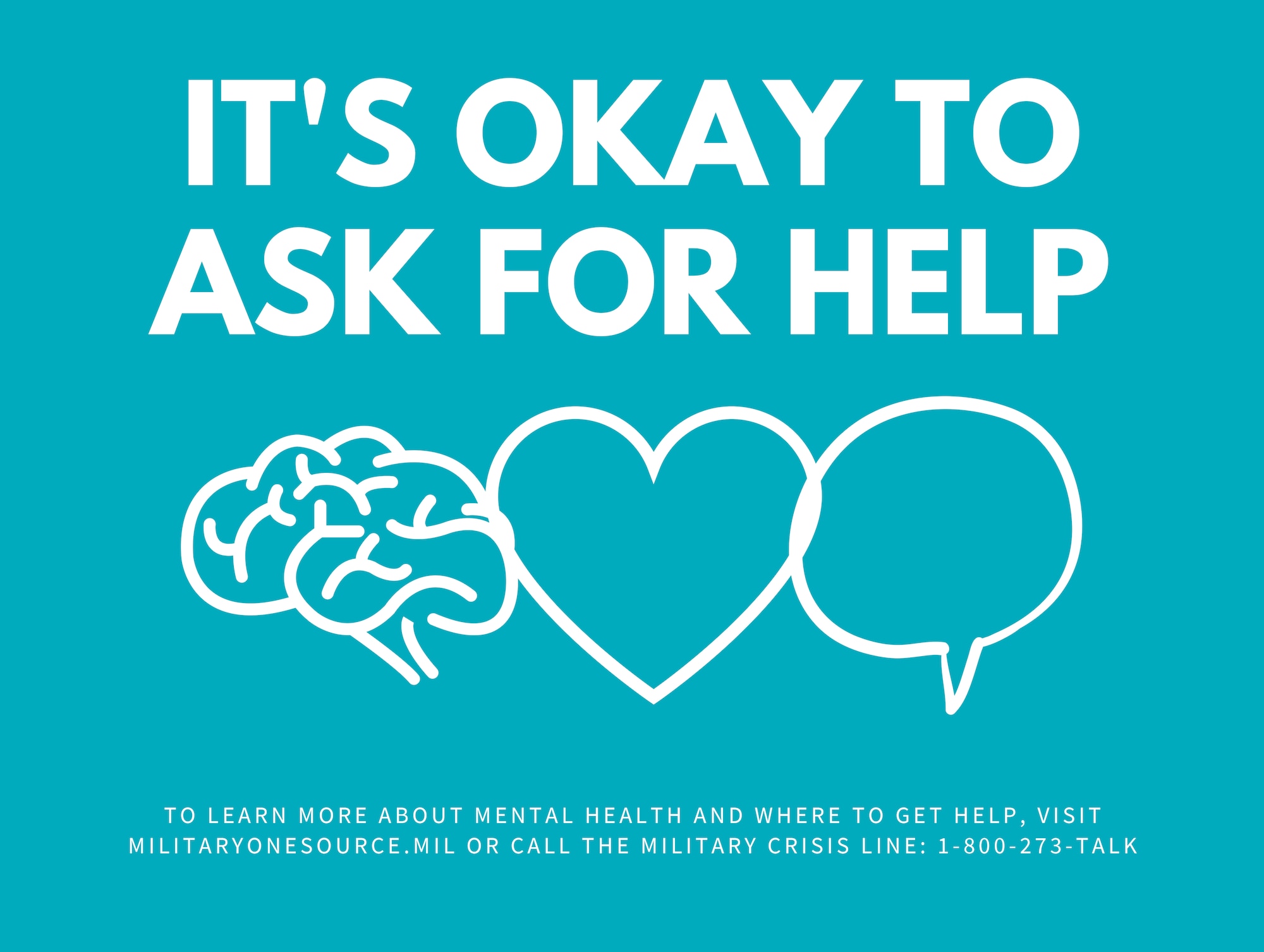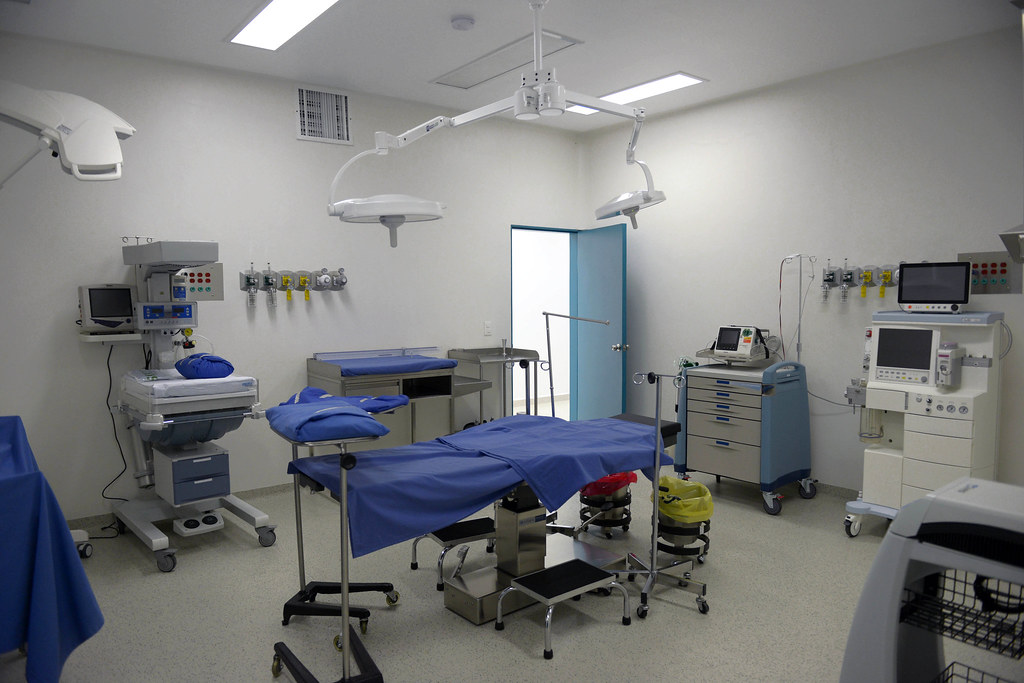In the wake of the landmark Supreme Court decision in Dobbs v Jackson Women’s Health Organization, which overturned the constitutional right to abortion, a significant shift has occurred in how individuals in the United States are accessing abortion services. A recent cross-sectional study has revealed a sharp increase in the provision of medications for self-managed abortion outside the formal U.S. healthcare setting in the six months following the Dobbs decision.
The study, which utilized data from various sources including online telemedicine organizations, community networks, and online vendors, found that the total number of provisions of medications for self-managed abortion increased by an estimated 27,838 compared to what would have been expected based on pre-Dobbs levels. This indicates that despite the implementation of state-level bans and restrictions, a substantial number of people sought out and accessed abortion medications on their own.
The importance of this study lies in its illumination of the changing landscape of abortion access in the U.S. With at least 16 states implementing abortion bans or severe gestational limits post-Dobbs, access to abortion within the formal healthcare system has been greatly reduced, particularly in the southern U.S. The study’s findings suggest that many are turning to self-managed medication abortions as an alternative.
Self-managed medication abortions typically involve the use of mifepristone and misoprostol together or misoprostol alone. These medications are known to be effective and safe for terminating early pregnancies and have been used globally for this purpose. The study’s objective was to determine the extent to which the provision of these medications increased outside the formal healthcare setting post-Dobbs.
The methodology of the study was comprehensive, involving a landscape review and data collection from March 1 to December 31, 2022. The researchers sought data from entities providing abortion medications outside the formal U.S. healthcare setting, including telemedicine organizations that involve non-U.S.-based clinicians, community networks, and online vendors. The study accounted for the possibility that not all provided medications are used by recipients, estimating actual self-managed medication abortions increased by an estimated 26,055 versus what would have been expected without the Dobbs decision.

The results of this study are crucial for healthcare professionals who may encounter patients considering self-managed medication abortion or who require postabortion care. Clinicians should be prepared to support these individuals, providing the necessary care and information.
Moreover, the study highlights the resilience and resourcefulness of those seeking abortion services in the face of legal barriers. Community networks and telemedicine organizations have played a pivotal role in providing support and medications, often at no cost or for a reduced donation based on financial need. Online vendors have also emerged as a source, though typically without integrated provision of information or support.
The increase in self-managed medication abortions reflects a broader trend of individuals taking healthcare into their own hands when traditional systems fail to meet their needs. It also underscores the importance of accessible, accurate information about self-managed abortion methods and the need for a supportive network for those who choose this path.
The study’s findings are a testament to the ongoing need for accessible abortion services and the adaptability of those in need. As the legal landscape continues to evolve, it is imperative that healthcare providers, policymakers, and advocates understand these trends and work to ensure that safe and effective abortion care remains within reach for all who require it.





